S$40,000 for a single plant? How much Singaporeans are splurging on their hobby
Forget cars or watches – plants are now the last word in luxury as collectors think nothing of splurging anything from a few hundred dollars to five-figure sums on rare and sought-after varieties. CNA Luxury explores this phenomenon.
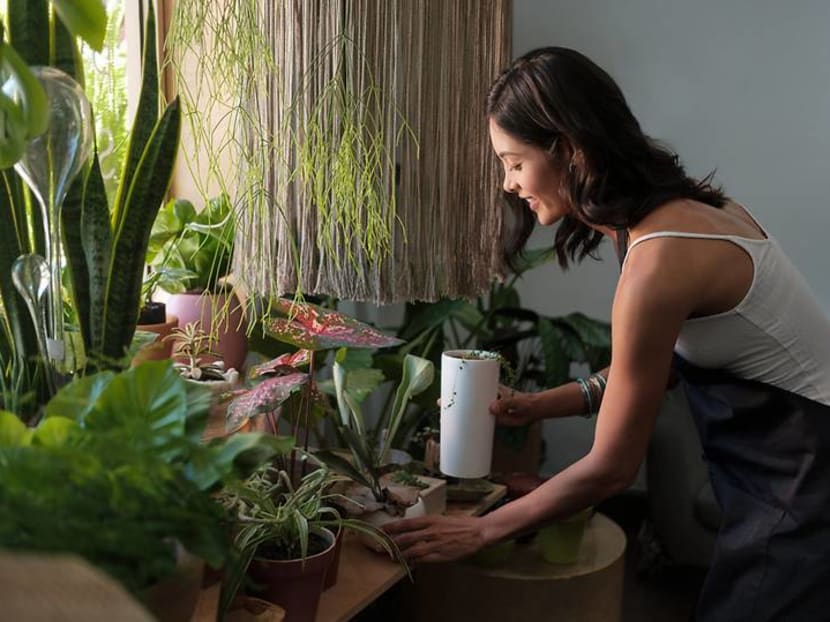
Gardening has emerged as a popular pandemic pastime. What’s unique within this trend, though, is the amount that people are willing to splurge on rare and sought-after plants. (Photo: iStock)
Before the Circuit Breaker hit last April, the thought of rearing foliage plants did not even occur to Grayce and Jason Ooi. They had been too busy, and constant travels prevented them from growing anything more elaborate than easy-care plants like succulents.
The lockdown changed all that. “We became [plant-crazy] because of the Circuit Breaker,” said Mrs Ooi, a regional HR executive. “We started to read more, research more, and joined [plant hobby] groups. In Phase 2, we started going around plant nurseries. We still can’t travel. The only thing that makes us happy is growing things at home. We’re working from home, and plants are very therapeutic – they’re a way for us to release our stress.”

READ> Singapore's Ivy Singh-Lim: ‘We’ve got to bring the countryside back’
It’s a narrative that’s familiar by now: Gardening as a popular pandemic pastime. What’s unique within this trend, though, is the amount that people are willing to splurge on rare and sought-after plants.
“We noticed a sharp uptrend in gardening since the start of 2020 (beginning of Circuit Breaker); it has sparked a renewed interest in home gardening and plants as more people were staying indoors. This also piqued the interest in special and rare plants that were not commonly available in the market,” explained Peter Cheok, sales & marketing director of Far East Flora.
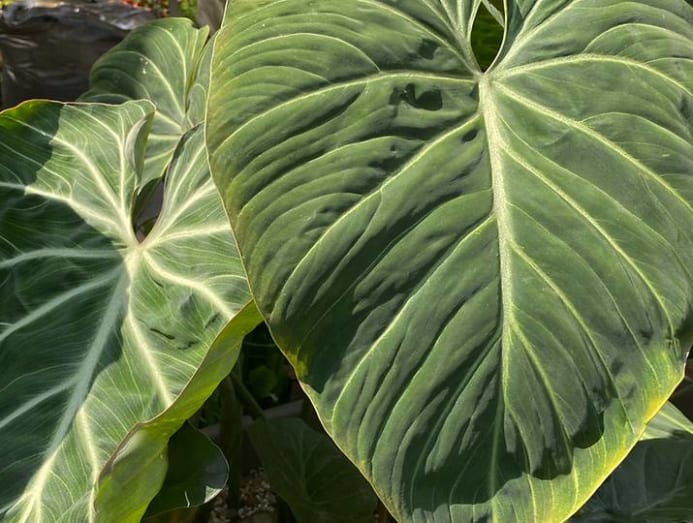
“We noticed a sharp uptrend in gardening since the start of 2020.” – Peter Cheokk
In June, Candy Floriculture, a nursery in Thomson, posted on its Instagram page that a customer had purchased a rare and slow-growing Philodendron spiritus sancti. The sticker price? A cool S$40,000.
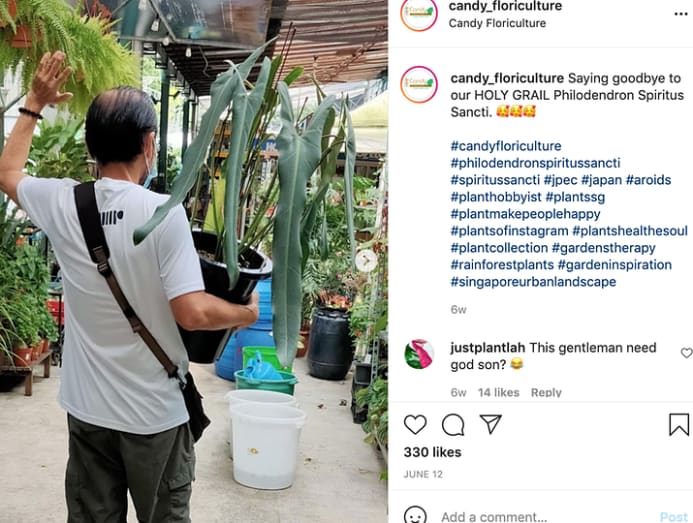
READ> Meet the Malaysian ‘agropreneurs’ growing S$200 Japanese muskmelons
“He was a regular [customer],” explained Sharon Goh, Candy’s sales development director. “He wanted something of better value, rather than a mass of plants.”
A check with local nurseries and online platforms revealed that five-figure price tags are not uncommon. On the day that CNA Luxury visited Candy, Goh had just received shipment of another Philodendron spiritus sancti, priced at S$42,000. A smaller specimen was also available for S$29,000. Other prized varieties, such as Philodendron billietiae variegated, were on the market for between S$15,000 and S$16,888.
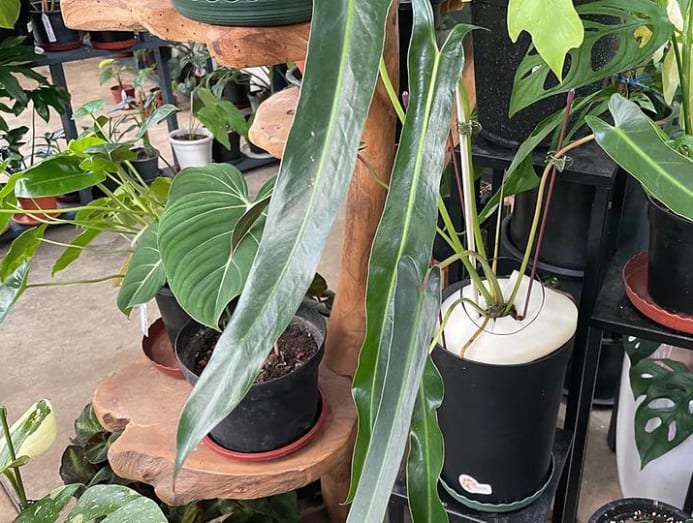
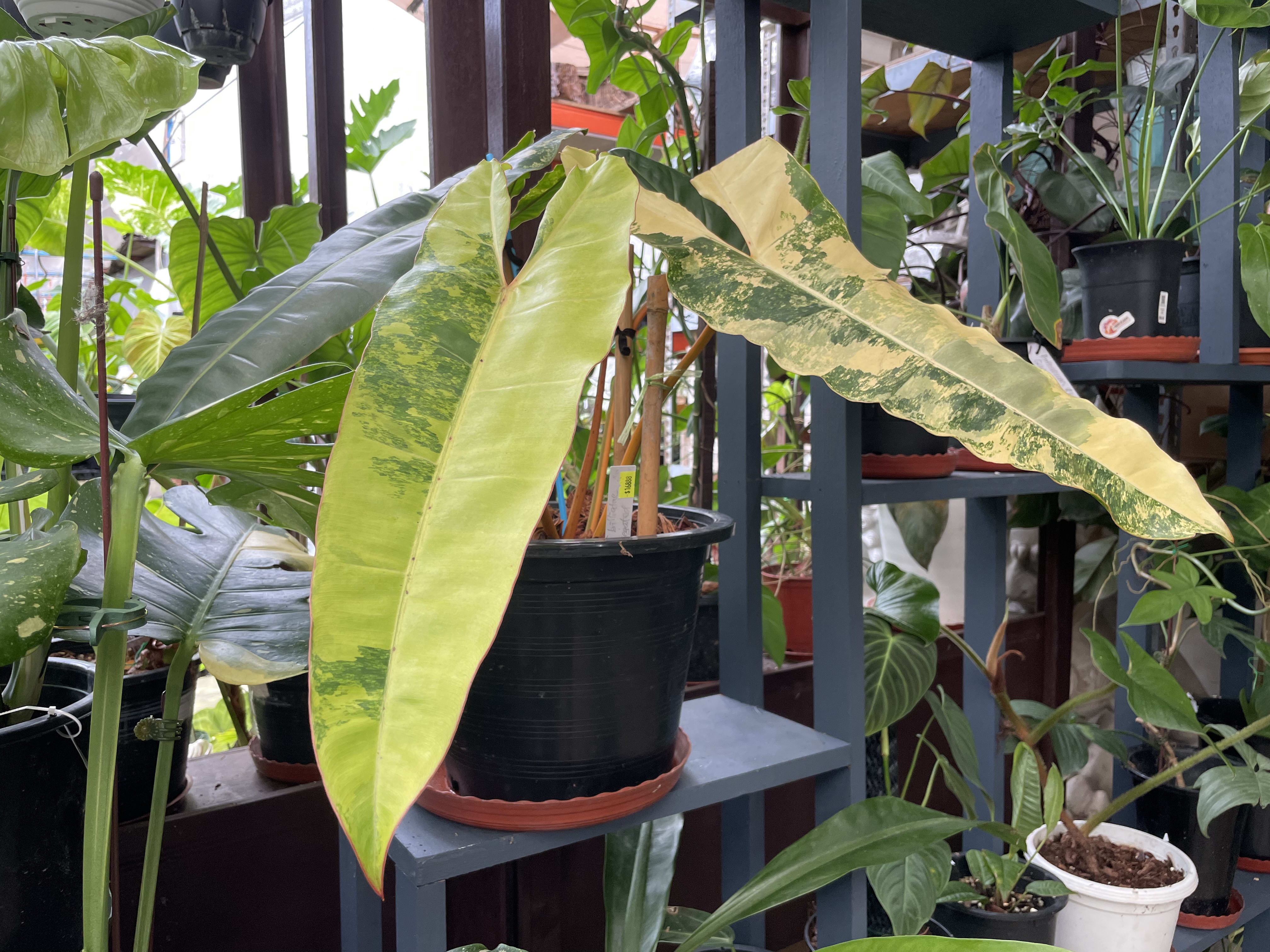
This particular species is also the most expensive variety at Terrascapes, a garden centre in Choa Chu Kang. “We have a Philodendron billietiae variegated which is now valued at about S$20,000 based on its size and highly variegated leaves,” said Terrascapes founders Sandy and Bridgette Soh.
Over at Greenfingers, a nursery in Lim Chu Kang, owner Shawn Chen told CNA Luxury that its biggest ticket item is a variegated tiger orchid (Grammatophyllum speciosum). At more than 4m in diameter, it’s the world’s largest orchid, and a native of Singapore. But unlike other orchids that are prized for their blooms, this particular species is valued for its foliage.
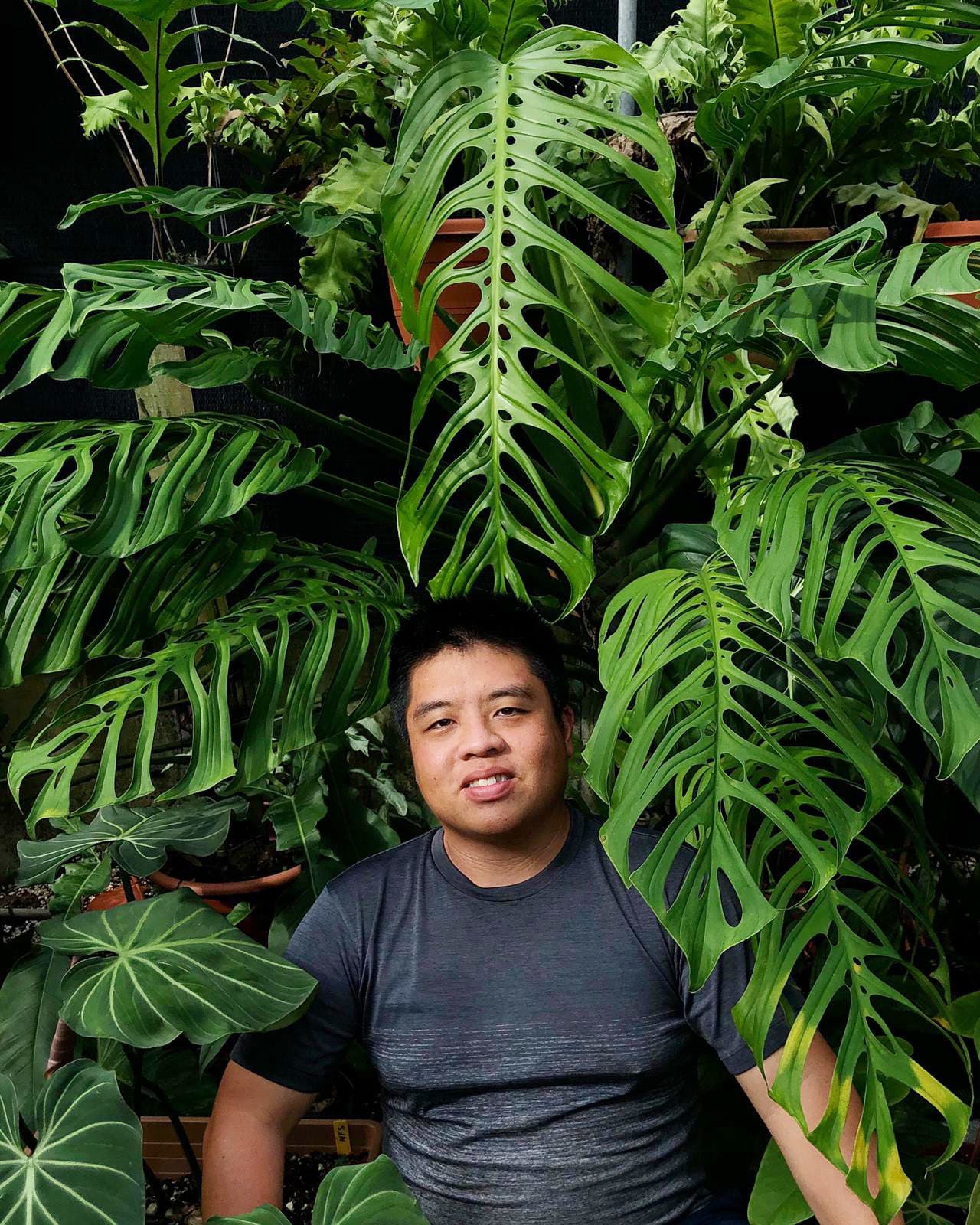
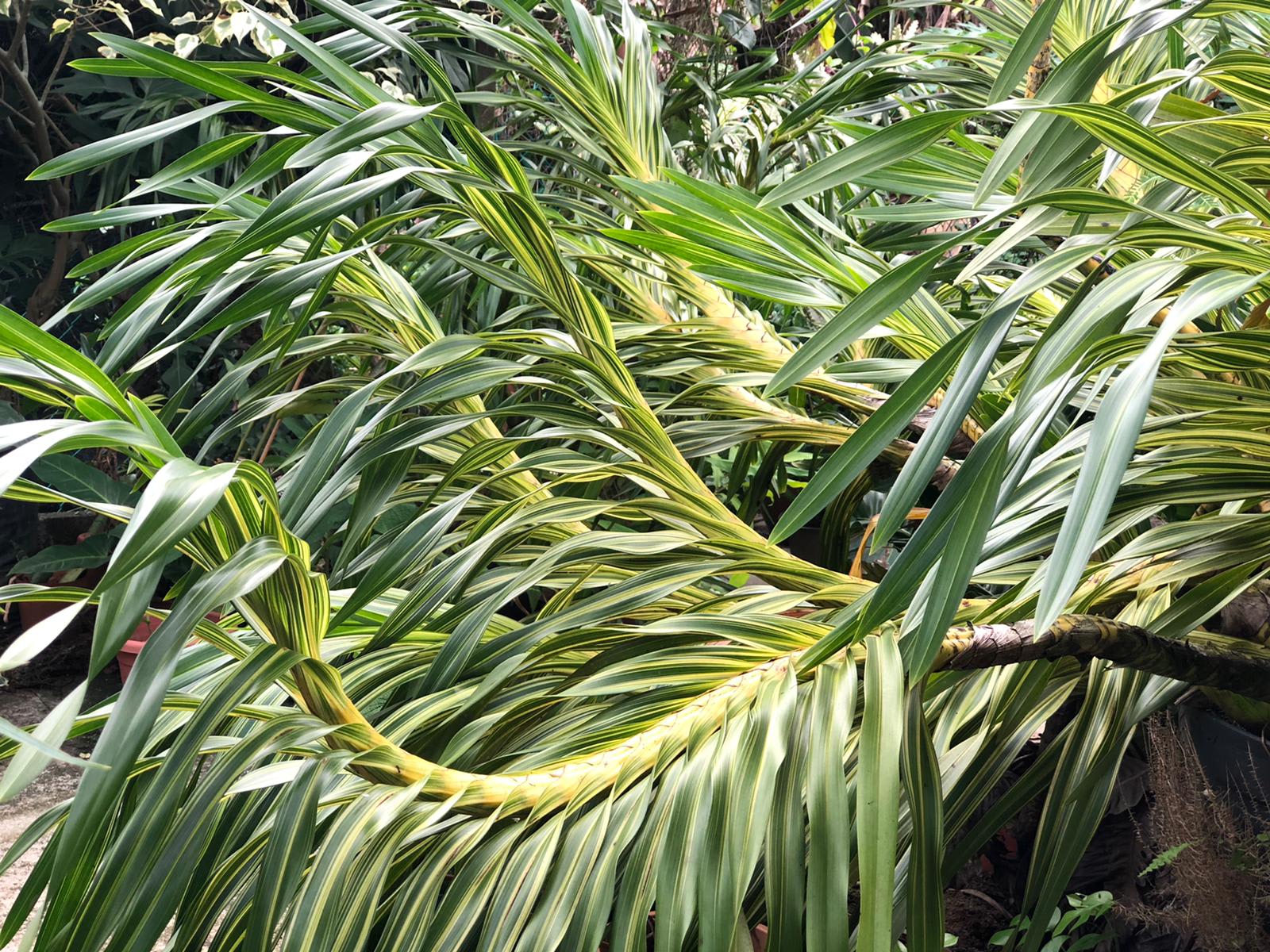
“Collecting such rare plants might be a form of luxury to replace travelling for some people nowadays.” – Tan Wei Jie
“This one is special because the leaves are variegated, two-tone yellow and green. And when the light hits it, it’s almost golden-yellow and shimmery. It’s priced at S$45,000,” said Chen, who is also co-founder of Foliage Fanatics Singapore, a Facebook group with more than 4,600 members – including the Oois.
On consumer marketplace Carousell, a mature Philodendron spiritus sancti is currently being listed for S$54,380. The same seller, @rootingforyou, also has a listing for a Philodendron billietiae variegated for the same price.
The Oois are no stranger to high-value plants, with their most extravagant purchase being a Monstera dilacherata that cost almost S$8,000. “When I was offered it [from an overseas seller], I didn’t even bat an eyelid, because I had been searching for it. The usual price is about S$10,000,” said Mr Ooi, a food scientist.
His second-most expensive plant is a Monstera borsigiana aurea, which he bought for S$2,500. “At the time, S$2,500 seemed expensive, but I would buy it again, because of the colours – I’ve never seen anything like it before! Most Monstera aureas don’t have marbling like this, but on mine, every leaf is… like A5 Wagyu marbling!”
READ> How quality of life is related to the relationship between people and plants
Jeremy Gopalan, a freelance editor and plant collector with over 300 plants, said that the rare plant craze can be explained thus: “People are not spending money on travels. They’re saving money on their commute to work. They’re saving money on transport. So they’re using this money to spend on other things.”
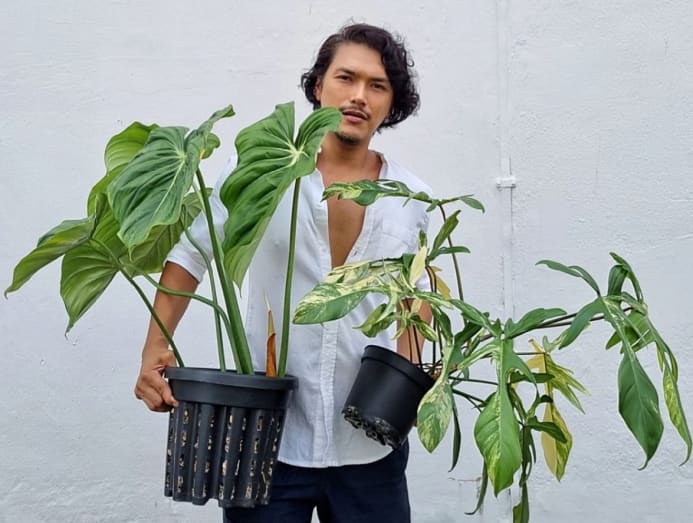
Tan Wei Jie, founder of plant retailer Rabbit Island in Woodlands, echoed this sentiment. “Collecting such rare plants might be a form of luxury to replace travelling for some people nowadays,” he said.
Not too long ago, bonsai varieties routinely ranked among the most expensive plants. But these days, it is aroids that are breaking price records. Aroids belong to a family that includes philodendrons, monsteras and common houseplants such as pothos (money plants).
“We still can’t travel. The only thing that makes us happy is growing things at home. We’re working from home, and plants are very therapeutic – they’re a way for us to release our stress.” – Grayce Ooi
Explaining the explosive growth in the popularity of aroids, Candy’s Goh offered: “In the old days, we used to sell bonsai that were also very expensive. But aroids are easier to upkeep than bonsai. Bonsai need a lot of sunlight, whereas you can keep aroids indoors.”
For Gopalan, aroids are popular because there are several genera, and even within species they can look different. Such a great variety means that there’s something to suit all tastes. And, since they’re not native to Singapore or Asia – most of them are native to South America – it makes them that much more desirable. “I think it’s also how unique the [foliage] can be. [With the variegated varieties] there’s the element of fleetingness that also increases the value,” he added.
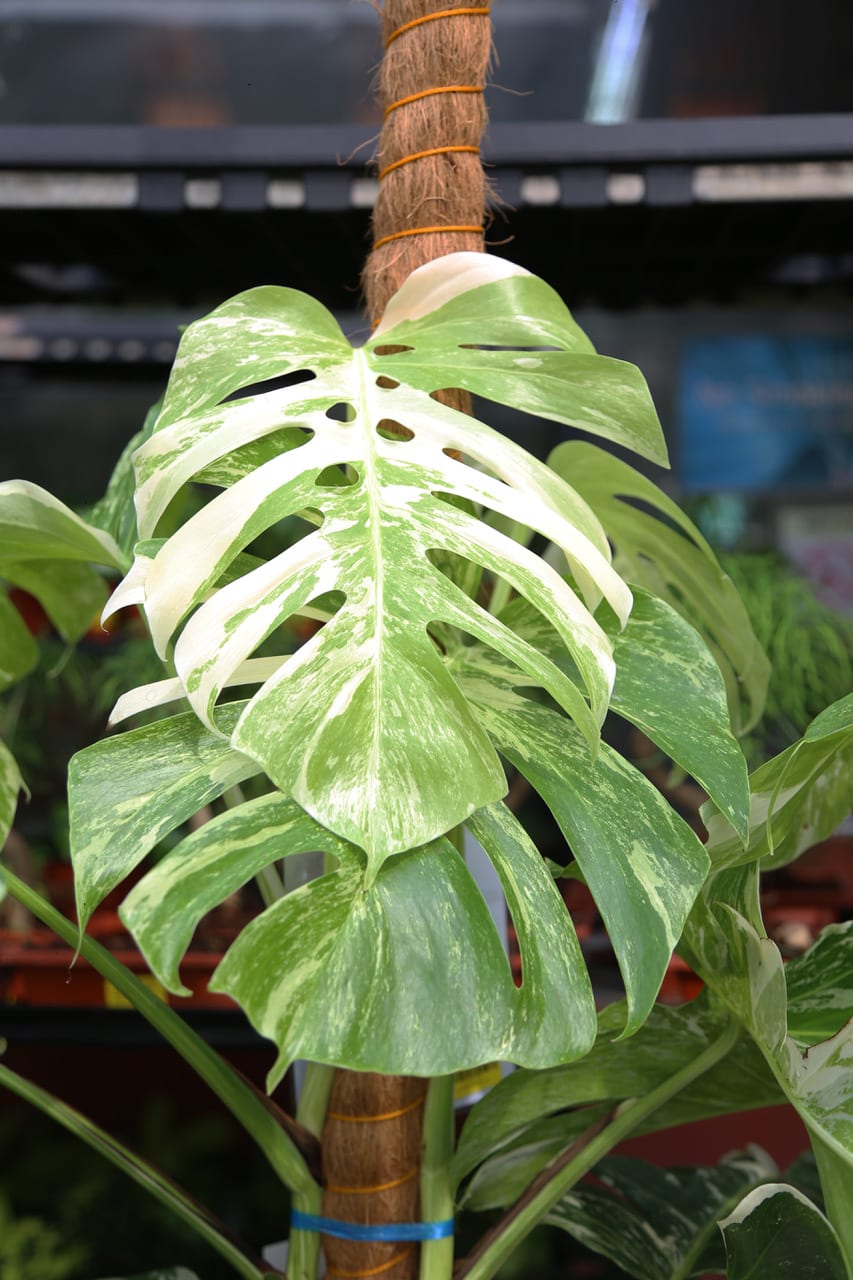
While Gopalan doesn’t profess to be a rare plant collector, he does own a Philodendron bipennifolium variegated, which he purchased for S$600 from a private collector a few years ago.
Indeed, among the aroids, variegated varieties are the most in-demand right now. “Variegated plants are difficult to propagate,” explained Terrascapes’s founders. “Variegation isn’t constant and cannot be controlled. When propagated, the plants don’t always come out nicely variegated. Some come out too variegated which leads to unhealthy growth due to the lack of chlorophyll, or some turn out with low or no variegation at all, which would not appeal to the collector/hobbyist.”
For those keen on collecting rare plants, what advice do the growers have? “The advice will be to do more research to find out what is the best location for the plant in terms of sunlight and watering care,” said Noah Garden Centre's founder Darren Neo. “Also, I will recommend starting this planting or growing hobby with a common and less pricey plant. There's a saying that goes ‘Start cheap feel cheap’. Once one has experience taking care of the plants, they can upgrade accordingly.”
“I recommend starting this planting or growing hobby with a common and less pricey plant. Once one has experience taking care of the plants, they can upgrade accordingly.” – Darren Neo
READ> Raising the roof: Cultivating Singapore’s urban farming scene
With rare plants in red-hot demand now, and prices reaching ever more eye-watering levels, there’s a distinct possibility that the bubble will burst.
However, Far East Flora’s Cheok believes that the trend will prevail. “We are in the early days of rare plant collection. This generation of plant collectors are perhaps of a different breed; the millennials forge emotional connections to their plants (going as far as naming them). And with the explosion of ‘plantfluencers’ in recent years showcasing their plant collections and unboxing videos, all these generated much social media interest and hype which attained a following and started mass-market plant interest.”
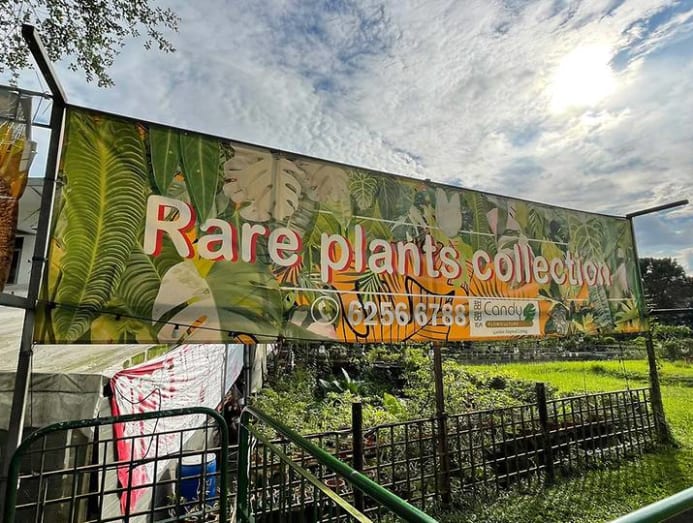
Noah’s Neo is also of the opinion that Singapore is far from the peak of the rare plant craze. “We started a Collectors Plants section [on our website] last October as demand for collectors’ plants have been increasing since the lockdown last year. [The trend] will definitely continue due to the limited quantities of these rare plants.”
Gopalan, however, thinks otherwise. “My friends and I think that the bubble may burst. Once people start going back to work, and once suppliers get more stock because they want to sell more, there will be a surplus and prices will go back down.”
As for the Oois, plants will still remain their top priority when life returns to normal. In fact, they’ll be on the lookout for bargains. “Once borders reopen, half the people may give up their plants. When that happens, I’ll buy them over – cheaply!” joked Mr Ooi.
“Once people start going back to work, and once suppliers get more stock because they want to sell more, there will be a surplus and prices will go back down.” – Jeremy Gopalan





